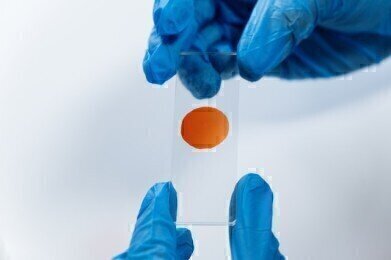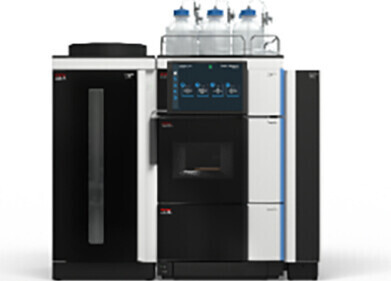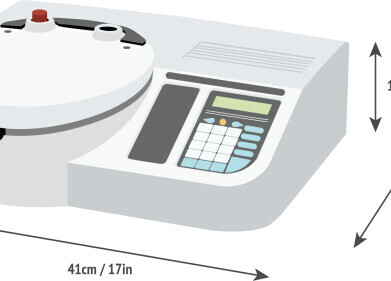Chromatography
How Are Proteins Analysed?
May 27 2021
Made up of amino acids, proteins are organic compounds with complex molecular signatures. Hundreds or thousands of amino acids make up each protein, with the organic compounds linked together by peptide bonds to form a chain. Over the past few decades advances in protein analysis have allowed scientists to dive deep into the bioinformatic structures of proteins and the functions they perform. Below, we explore the intricacies of protein analysis and the role it has played in accelerating modern science.
The history of protein analysis
Frederick Sanger, a British biochemist and Nobel Prize in Chemistry laureate, was an early pioneer of protein analysis. In 1949 he successfully mapped the amino acid sequence of insulin, proving that proteins are made up of linear amino acids chains.
Understanding protein chains
Ranging in size and function, protein chains can contain anywhere between 50 to 2000 amino acids. While proteins can contain hundreds or thousands of amino acids, only 20 different types of the organic compounds exist. The unique combinations and sequences of the amino acids determines the specific function of the protein. Once bound together, the amino acids fold into distinctive three-dimensional structures. This is known as “native conformation” and helps the protein perform its specialised function.
Scientists rely on three major techniques to analyse protein: protein separation, protein identification and western blotting.
-
Protein separation
Protein separation uses electrophoresis to isolate proteins and suspend the in a gel matrix. This makes it possible to observe protein mobility in an electrical field. Sodium dodecyl sulphate polyacrylamide gel electrophoresis (SDS-PAGE) is the most common technique for protein separation, allowing scientists to isolate according to size, solubility, binding affinity and charge.
-
Protein identification
Protein identification uses one of two methods to analyse proteins - Mass Spectrometry and Edman Degradation. Mass Spectrometry involves measuring the mass-to-charge ratio of charged particles to determine elemental composition and chemical structure. The Edman Degradation analytical technique uses a peptide to sequence amino acids.
-
Western blotting
The western blotting technique separates and identifies individual proteins using a three-stage process. First, gel electrophoresis is used to separate macromolecules according to molecular weight. The isolated molecules are then transferred to a membrane which is blocked to stop antibodies from binding to the surface. Next, the protein is probed with antibodies which create signals and allow scientists to detect and identify specific protein molecules.
For more insight into the advanced techniques used in laboratories around the world, including the latest high-performance chromatographic detector technologies from Testa Analytical Solutions, don’t miss ‘Versatile Multi Detector GPC/SEC System’.
Digital Edition
Lab Asia Dec 2025
December 2025
Chromatography Articles- Cutting-edge sample preparation tools help laboratories to stay ahead of the curveMass Spectrometry & Spectroscopy Articles- Unlocking the complexity of metabolomics: Pushi...
View all digital editions
Events
Jan 21 2026 Tokyo, Japan
Jan 28 2026 Tokyo, Japan
Jan 29 2026 New Delhi, India
Feb 07 2026 Boston, MA, USA
Asia Pharma Expo/Asia Lab Expo
Feb 12 2026 Dhaka, Bangladesh



















